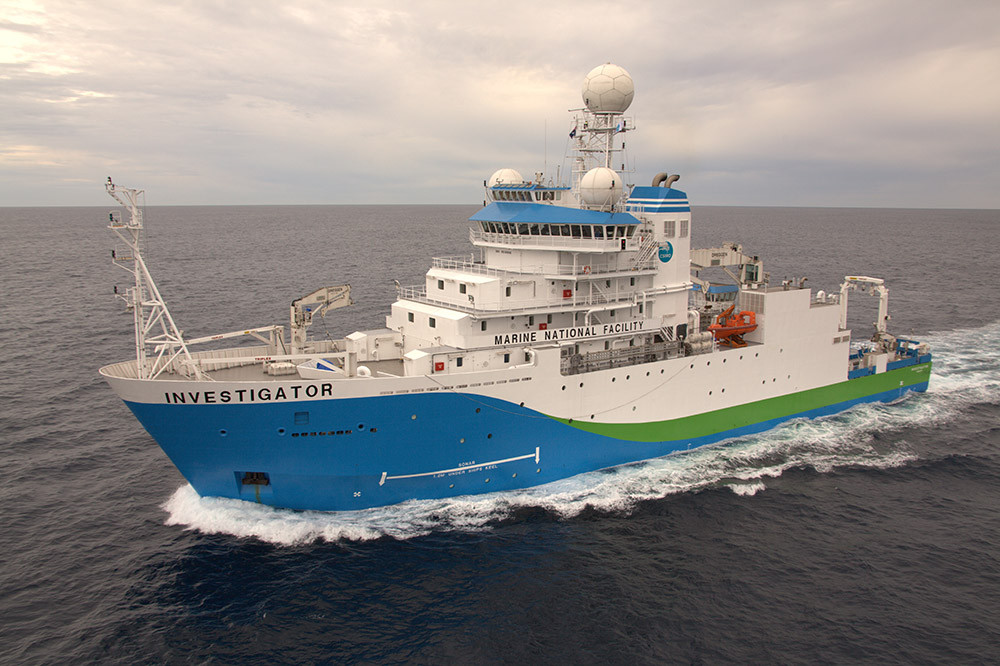Media Release
Climate science collaboration takes to the sea on RV Investigator’s maiden voyage

Australian scientists venturing into the Southern Ocean aboard the Marine National Facility’s RV Investigator tomorrow will go armed with world-leading technology for understanding the basic forces driving climate change.
The high-precision deep-water moorings will form part of the Integrated Marine Observing System (IMOS), providing information that has global significance for climate research.
Voyage Leader and researcher with the Antarctic Climate and Ecosystems CRC, Professor Tom Trull, said the project would be a big step forward for climate research, providing vital new insights into the relationship between the atmosphere and the oceans.
“The big unknown is whether the oceans can continue to absorb ever-increasing amounts of heat and carbon dioxide, or whether their capacity to provide these services will taper off,” Professor Trull said.
“This is important because the oceans work as a powerful brake on the rate of climate change by absorbing most of the additional heat and about half of the carbon dioxide produced as a result of human activities.”
“The world’s oceans are warming and acidifying faster than at any time in recorded history but the processes influencing these changes are not well known.”
“This equipment gives us an exciting new tool for understanding how the ocean and atmosphere exchange heat and carbon, and also how these processes impact ocean biology.”
Anchored to the ocean floor 4.5 kilometres below the surface, the equipment will spend the next year recording precise hourly readings of temperature, salinity, acidity, biological activity, ocean currents, nutrients and atmospheric conditions. Data collected at the surface will be relayed back to scientists in Hobart by satellite.
IMOS Director Tim Moltmann said the equipment would extend a valuable long-term data series for use by a large number of Australian and international research bodies.
“Data from these Southern Ocean moorings is helping Australian and international scientists fill in some of the largest missing pieces in the climate puzzle,’ says Mr Moltmann.
“The relationship between the oceans and the atmosphere is extremely complex, but with repeated observations over a sustained time period scientists can start to build up a much clearer picture.”
“This is Australian science is of global significance, made possible by strong national research collaboration,” Mr Moltmann said
The project is a partnership between the Antarctic Climate and Ecosystems CRC (ACE CRC), CSIRO, the Integrated Marine Observing System (IMOS) and the Bureau of Meteorology (BoM).
Video: Deploying moorings from RV Investigator






















